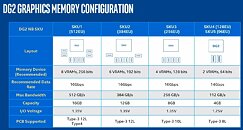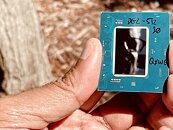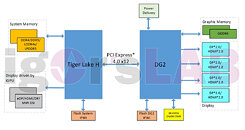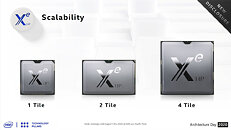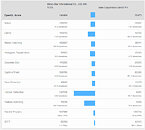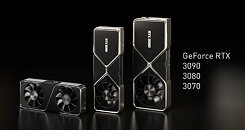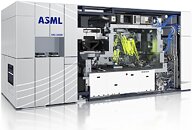
Intel Introduces Arctic Sound-M Data Center Graphics Card Based on DG2 Design and AV1 Encoding
At Intel's 2022 investor meeting, the company has presented a technology roadmap update to give its clients an insight into what is to come. Today, team blue announced one of the first discrete data-centric graphics cards in the lineup, codenamed Arctic Sound-M GPU. Based on the DG2 Xe-HPG variation of Intel Xe GPUs, Arctic Sound-M is the company's first design to enter the data center space. The DG2 GPU features 512 Execution Units (EUs), which get passive cooling from the single-slot design of Arctic Sound's heatsink, envisioned for data center enclosures with external airflow.
One of the most significant selling points that Intel advertises is support for hardware-based AV1 encoding standard. This feature allows the card to achieve a 30% greater bandwidth, and it is the main differentiator between consumer-oriented Arc Alchemist GPUs and itself. The card is powered by PCIe power and an 8-pin EPS power connector. Arctic Sound-M is already sampling to select customers and it will become available in the middle of 2022.Below is Intel's teaser video.
One of the most significant selling points that Intel advertises is support for hardware-based AV1 encoding standard. This feature allows the card to achieve a 30% greater bandwidth, and it is the main differentiator between consumer-oriented Arc Alchemist GPUs and itself. The card is powered by PCIe power and an 8-pin EPS power connector. Arctic Sound-M is already sampling to select customers and it will become available in the middle of 2022.Below is Intel's teaser video.











